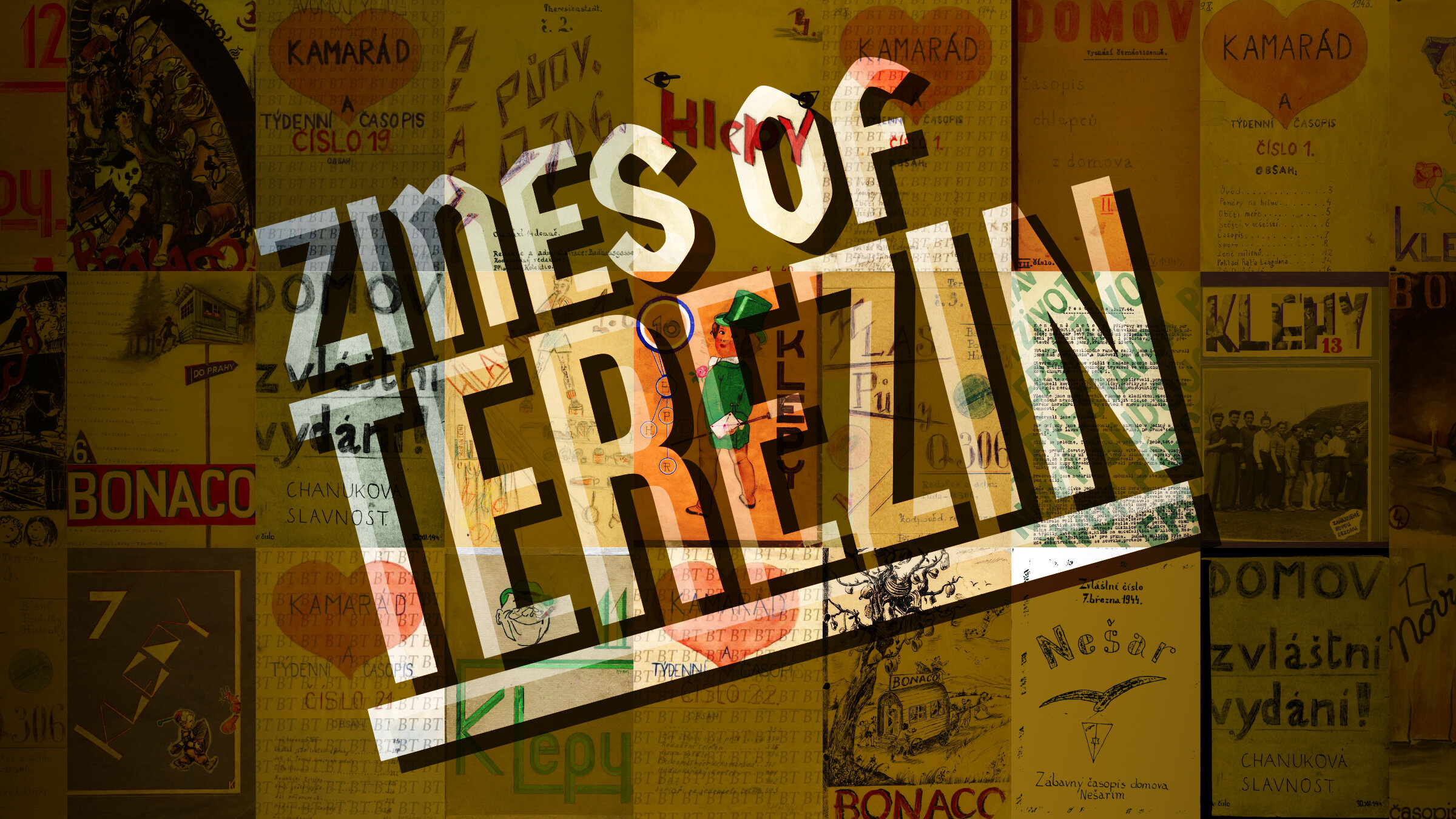
propaganda | pro·pa·gan·da | :
the spreading of ideas, information, or rumor for the purpose of helping or injuring an institution, a cause, or a person
It’s 1942, and a northern Czechoslovakian village hums with activity. Diners fill sidewalk cafes, flower gardens are tended to, children walk home from school, and a band plays classical music in the square. And it’s all a hoax. With the previous nine years, the Nazi Party had dismantled a thriving free press, engaged a sweeping media campaign promoting Aryans as the superior race, and took surrounding countries such as Poland and Czechoslovakia by force. In this case, the “village” is actually an old Czechoslovakian fortress town called Terezin that the Nazis converted to a “model ghetto” that’s devised the conceal plans to kill off the Jewish race and fool the outside world into believing that the prisoners are happy, pampered residents. In reality, most of the village’s unwilling Jewish occupants either die of hunger or disease because of the Ghetto’s squalid conditions or are eventually shipped off to death camps such as Auschwitz and Treblinka.
ZINES OF TEREZIN profiles the heroic teenage boy and girl prisoners who set out to undermine the propaganda machine behind the Terezin Ghetto. Inside their dank, infested and overcrowded rooms, these teens produced six hand-made, underground magazines – or zines – which unflinchingly documented life within the prison-town walls. No parts of the village were off limits, no subject was taboo, no detail too gruesome. Between 1942 and 1944, Terezin’s underground journalists risked their lives to cover all aspects of this fake “town” with news columns, sports articles, poems and editorials, and fearlessly told the true story of the ghetto from behind that wall of deception.


